Early breech-loadedThis first naval cannons were breech-loaded and made of wrought iron. These primitive guns were tied to their carriages with rope, and they had limited range and performance. Sometimes round stones were used as cannon balls, but later on, during the 16th century, iron cannon balls became standard. Twelve wrought iron guns in their carriages are still laying untouched on the wrecksite of the 16th century Unidentified Kravel off Stockholm. According to archaeologist Jon Adams, this is the world's largest collection.
Muzzle-loadedFrom the 16th century, cast bronze guns became common. First they were breech-loaded, later muzzle-loaded. The bronze guns were so expensive that they were the first objects to be salvaged from sunken ships, and already in the 17th century, diving bells were used for such salvage. In the 18th century, the production switched to the cheaper iron guns. Also in the 18th century, rifled barrels were introduced, improving range and precision.
Modern breech-loadedIn the mid-19th century, rifled breach-loaded guns were introduced. An early example was HMS Warrior (1860), carrying ten 110 pounder guns. Around the same time, old-fashioned cannon balls were replaced by more modern-looking projectiles. Per Åkesson, November 1999 Related texts
Links
Link in Swedish / Norwegian
|
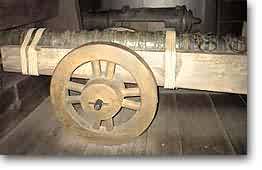
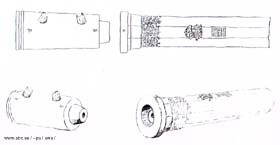
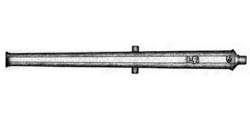



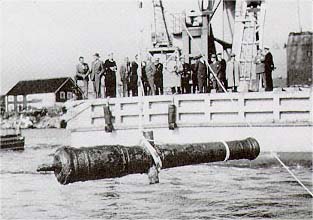
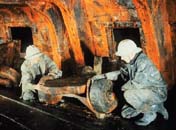
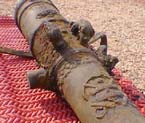
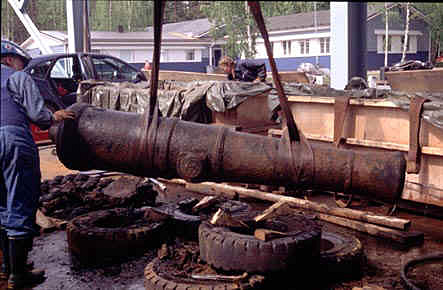
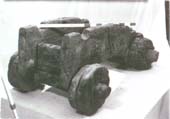
 Back to Nordic Underwater Archaeology
Back to Nordic Underwater Archaeology